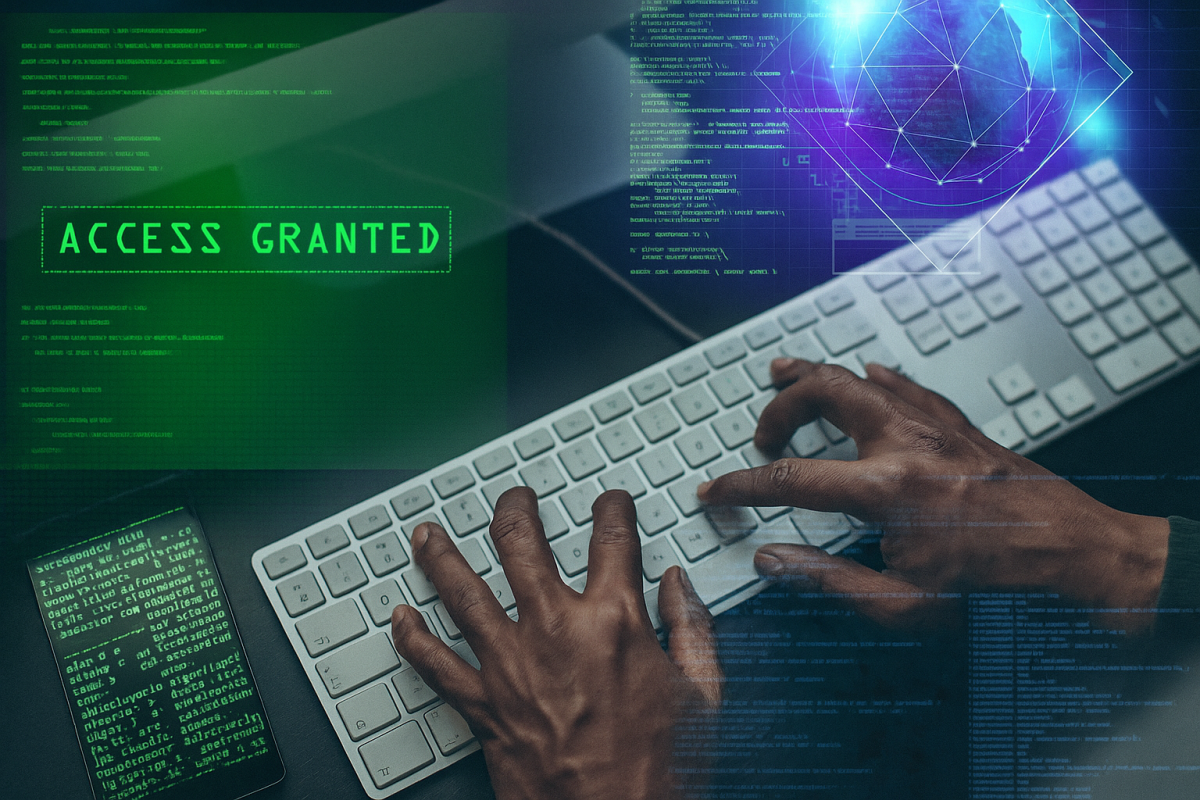

Why Skipping Software Updates Is Riskier Than You Think
It’s 9 a.m. on a Monday morning. Your team logs in to start the week, except one workstation won’t connect. The software that runs your CRM won’t open, and a strange pop-up message appears on the screen.
The culprit? A missed update from three months ago. That tiny patch was meant to fix a known vulnerability, but it was never installed. Now your system is down, your employees are stuck, and your IT team is scrambling to recover.
For many businesses, skipping software updates feels harmless, an “I’ll get to it later” task that always gets pushed back. But in today’s threat landscape, an outdated system isn’t just slow or inconvenient. It’s a welcome mat for cybercriminals.
The Hidden Costs of Ignoring Updates
Every piece of software, from your operating system to your email client, has potential weak spots. When developers find those vulnerabilities, they release updates to fix them. But when updates are ignored, those vulnerabilities remain wide open, and hackers know exactly how to find them.
Unpatched systems represent a significant and growing threat to businesses. According to Verizon’s 2024 Data Breach Investigations Report, vulnerability exploitation nearly tripled in just one year, now accounting for 14% of all confirmed breaches and that percentage continues to climb.
The surge is even more dramatic when you look at the numbers: attacks exploiting unpatched vulnerabilities surged 180% year-over-year, driven primarily by ransomware actors targeting systems that haven’t applied critical updates. These aren’t zero-day exploits or sophisticated, state-sponsored hacks. They’re attacks that could have been prevented with a simple update.
Beyond the obvious security risks, running outdated software affects performance and reliability. Systems slow down, integrations break, and downtime increases. That downtime adds up fast, lost productivity, frustrated employees, and potential damage to your reputation with clients.
And let’s not forget compliance. Many cyber insurance policies and IT compliance services now require proof of regular patch management. Falling behind on updates could mean more than just a security risk, it could mean losing coverage when you need it most.
The message is clear: delaying updates isn’t just inconvenient; it’s dangerous.
What “Regular Updating” Really Means
When most people think of software updates, they picture the occasional Windows restart. But according to the Verizon DBIR, it takes organizations an average of 55 days to patch 50% of critical vulnerabilities—plenty of time for attackers to exploit them.
A complete patching strategy includes:
- Operating system updates that protect against the latest threats
- Third-party software patches for applications like Office, Adobe, and CRM tools
- Firmware updates for routers, firewalls, and network switches
- Security tool updates for antivirus, EDR, and browser protections
The goal isn’t just to install updates, but to do so strategically, testing and deploying them in a way that protects uptime and stability. That’s why businesses partner with managed IT services providers: to take the guesswork out of when and how to update.
Proper patch management is about being proactive, not reactive. Instead of waiting for something to break or for an exploit to be discovered, the process runs quietly in the background, keeping systems protected around the clock.
The Business Benefits of Staying Updated
When your systems are always up to date, your business runs better, plain and simple:
- Security you can trust – Every patch closes a door that hackers might try to pry open
- Better performance – Updates improve system stability, reduce bugs, and boost compatibility with new software
- Fewer disruptions – Preventing a crash or breach is far less expensive (and stressful) than fixing one
- Compliance peace of mind – Consistent patching keeps your company aligned with data protection standards like HIPAA, PCI, and NIST
The real benefit, though, is confidence. You can focus on growth and serving clients, knowing your systems are quietly doing their part in the background, secure, stable, and always current through proactive IT management.
How LeadingIT Keeps Clients Updated, Secure, and Productive
At LeadingIT, we believe that proactive maintenance is the foundation of strong cybersecurity. That’s why our managed IT clients never have to think twice about updates because we handle everything automatically and intelligently.
Here’s how we do it:
- Continuous monitoring to detect and deploy patches across your entire network
- Staged rollouts to test updates before they impact production systems
- 24/7 oversight to ensure critical updates are applied immediately
- Transparent reporting so you always know your systems are protected
Our approach eliminates the two biggest fears business owners have about updates—downtime and disruption. We make updates seamless, so your team stays productive while your systems stay secure.
Because when it comes to technology, falling behind is never an option.
Ready to Stay Ahead of the Curve?
If you’re not sure when your last round of updates went out, or if you’re still relying on manual updates across multiple systems, it’s time to modernize your approach.
LeadingIT can help you assess, patch, and protect your entire IT environment, so software updates happen automatically and securely.


